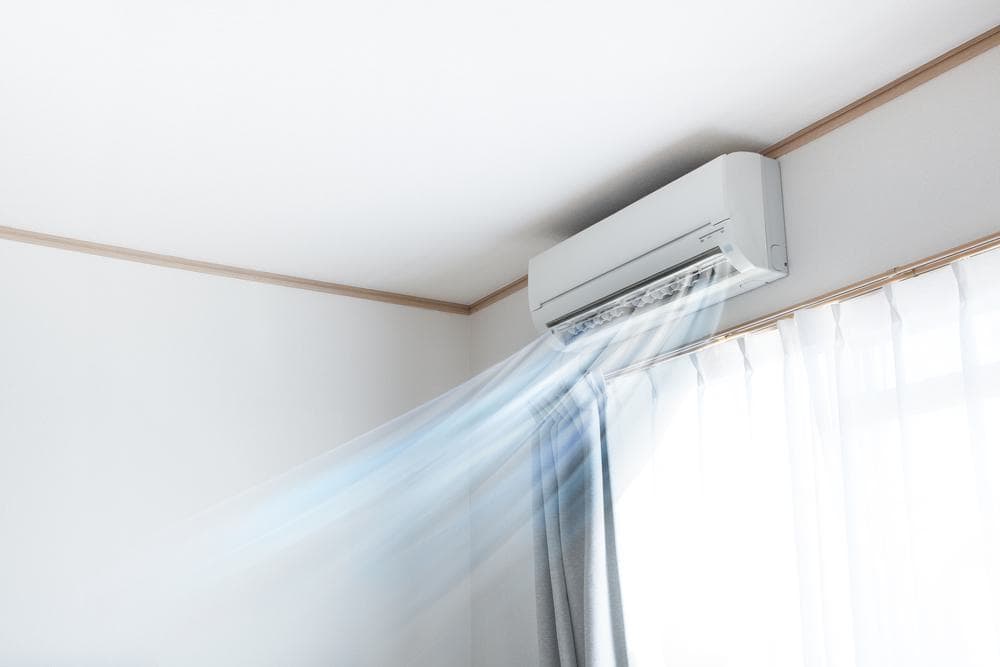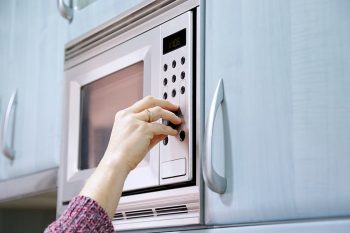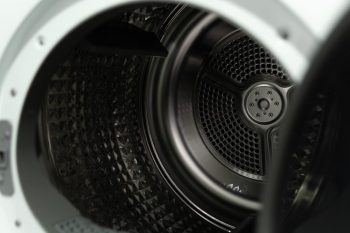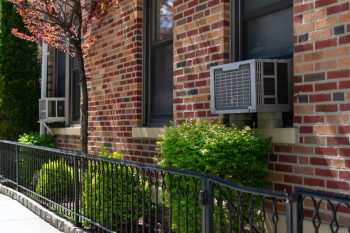
Carrier air conditioners are a popular choice for home cooling systems, known for their reliability and efficiency. Like all electrical appliances, they occasionally encounter issues, and one common problem is a blown fuse. This article will guide you on where to find the fuse on a Carrier Air Conditioner, how to check if it’s blown, and how to replace it safely.
The fuse in a Carrier Air Conditioner is typically located in the control board, which is often found behind an access panel on the unit’s lower compartment. To access the control board, you may need to unscrew the panel or lift clips to remove it. The fuse is usually inserted directly into the control board and labeled with an amp or voltage rating.
The Role of a Fuse in a Carrier Air Conditioner
The fuse in a Carrier Air Conditioner plays a crucial role in the unit’s operation. It acts as a safety device that protects the unit from overcurrent or a short circuit. If the current flowing through the circuit exceeds the fuse’s rated capacity, the fuse blows, effectively cutting off the electrical supply and preventing potential damage to the unit.
Locating the Fuse
The fuse in a Carrier Air Conditioner is typically located in the unit’s control board, often found behind an access panel on the unit’s lower compartment. To access the control board, you may need to unscrew the panel or lift clips to remove it. The fuse is usually inserted directly into the control board and labeled with an amp or voltage rating.
Signs that the Fuse Might Need to be Checked or Replaced
There are several signs that a fuse might need to be checked or replaced. These include:
- Loss of electrical power to the unit
- Flickering or dimming lights on the unit
- Frequent blown fuses
- A burning smell or strange sounds coming from the unit
- Discoloration or broken filaments on the fuse
- High resistance reading on a multimeter
If you notice any of these signs, it’s likely that the fuse is blown and needs to be replaced.
Safely Accessing, Checking, and Replacing the Fuse
Before attempting to access, check, or replace the fuse in your air conditioner, it’s essential to follow safety guidelines. Follow these steps to safely handle the fuse:
- Turn off the main power to the unit.
- Wear protective gear such as rubber gloves and rubber-soled shoes.
- Use a flashlight if the fuse box is in a dark area.
- Identify the blown fuse.
- Carefully remove the blown fuse from its socket.
- Replace the fuse with a new one of the same amperage rating.
- Test the new fuse by turning the main power switch back on.
- Once the fuse is working properly, close the fuse box cover and secure it in place.
Remember to always exercise caution when working with electrical systems and consult a professional electrician if you’re unsure about any aspect of the process.
Types of Fuses Recommended for Use in Carrier Air Conditioners
While Carrier does not have specific fuse models recommended by the manufacturer, some fuses and fuse blocks are designed for use with Carrier air conditioning systems. Always replace the fuse with one of the same type and amperage rating to prevent damage to the air conditioner.
Risks Associated with Handling or Replacing the Fuse Without Professional Help
While it’s possible to replace a blown fuse yourself, there are risks involved. These include electrical shock, fire hazard, damage to appliances and wiring, incomplete or incorrect diagnosis, and insurance issues. If you’re not comfortable working with your unit’s electrical system, it’s best to hire a professional.
Conclusion
Knowing where the fuse in your Carrier Air Conditioner is located and how to check and replace it can help you maintain your unit and prevent potential damage. However, always remember to prioritize safety when handling electrical components. If you’re unsure, don’t hesitate to call in a professional. Your comfort and safety are what matters most.
Frequently Asked Questions
What type of fuse does a Carrier Air Conditioner use?
Carrier Air Conditioners typically use time-delay fuses or circuit breakers in their units. However, it’s crucial to check the specific amperage rating required for your particular model.
How often should I check the fuse in my Carrier Air Conditioner?
It’s recommended to check the fuse in your Carrier Air Conditioner if you’re experiencing problems with the unit, such as power loss, flickering lights, or unusual sounds. However, routine checks every few months can help detect problems early.
Is it safe to replace the fuse in my Carrier Air Conditioner by myself?
While it’s possible to replace the fuse yourself, it does involve risks such as electrical shock or damage to your unit. Always ensure to follow safety guidelines and consider hiring a professional if you’re unsure.
Can I use any fuse to replace the blown one in my Carrier Air Conditioner?
No, it’s important to replace the blown fuse with one of the same type and amperage rating. Using a fuse with a different rating could cause damage to your air conditioner.
What should I do if my Carrier Air Conditioner keeps blowing fuses?
If your Carrier Air Conditioner keeps blowing fuses, it’s a sign of an underlying issue, such as a short circuit or a problem with the unit’s wiring. In such cases, it’s best to seek professional help to diagnose and fix the problem.












